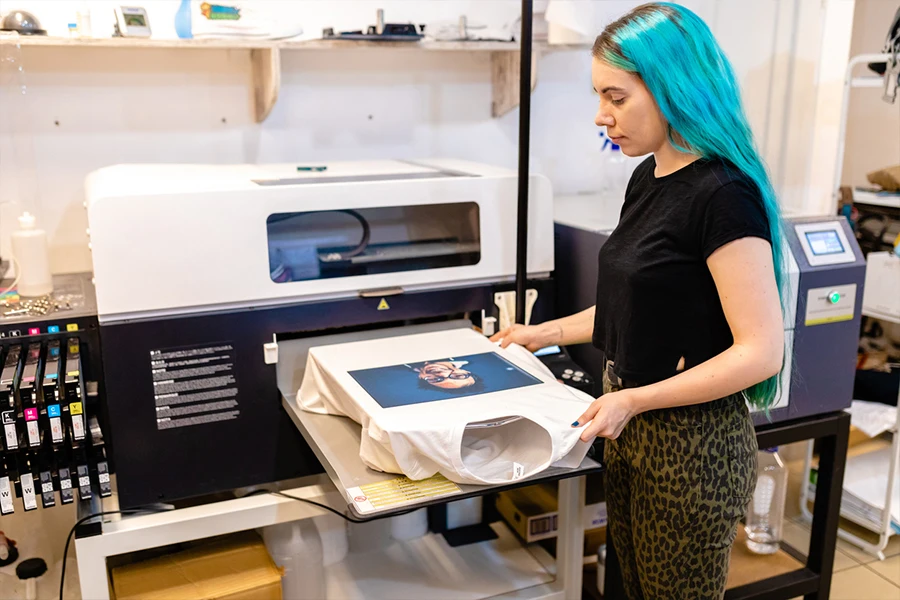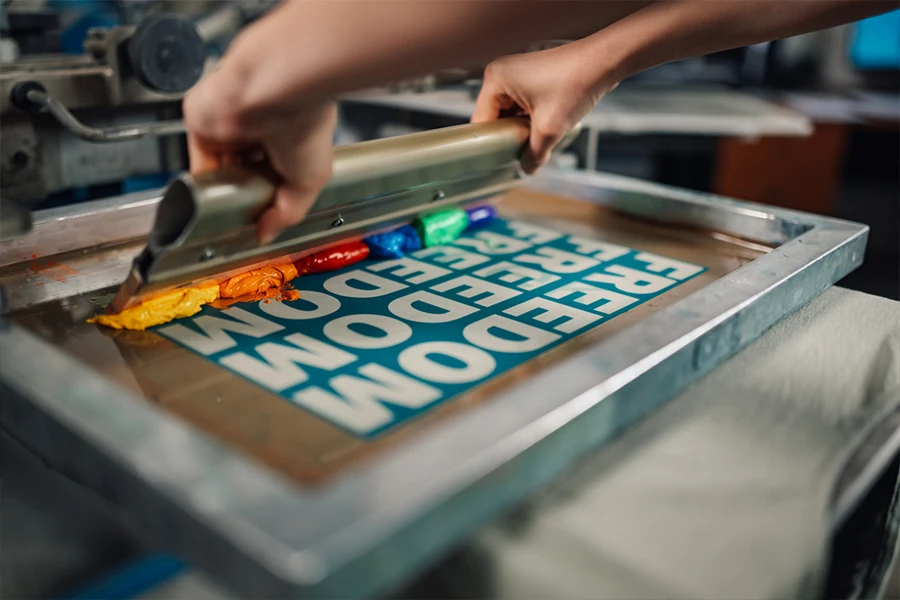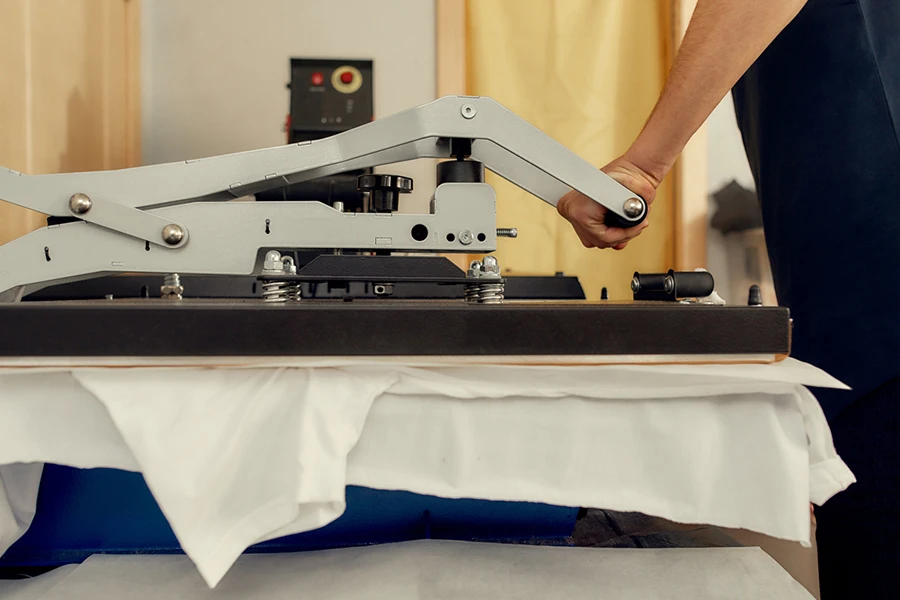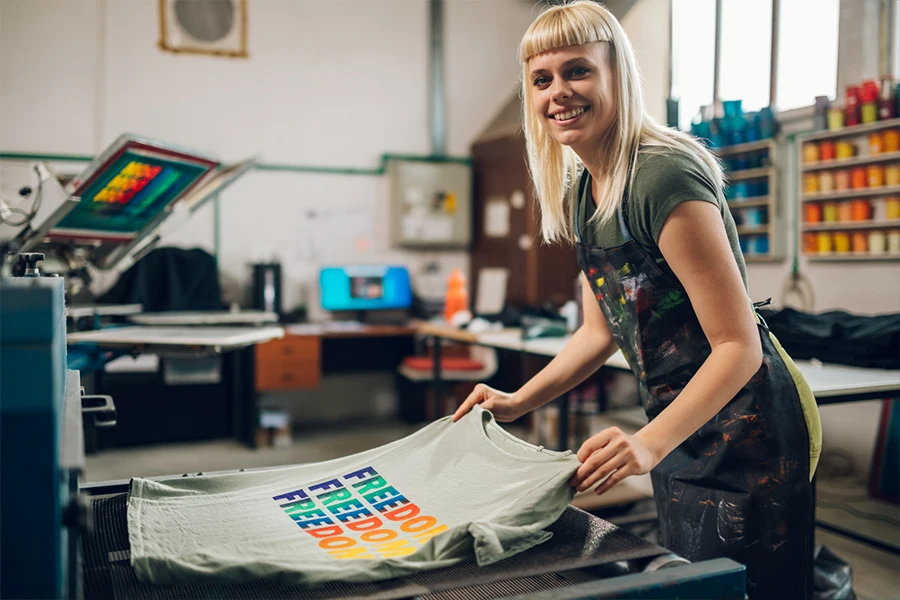Printable HTV (Heat Transfer Vinyl) is revolutionising the world of things you can sew and print on fabric. Designs, no matter the complexity, can now be realised in vibrant colours. The name is a bit of a misnomer, as permanent vinyl that can be ironed on is also part of the mix. Printable HTV is all about the possibilities for hobbyists and professionals alike. In this post, we’ll roll up our sleeves, dig into the technical aspects of printable HTV and its operation and use, and discuss prices and options at major outlets.
Table of Contents:
– What is printable HTV?
– How does printable HTV work?
– How to use printable HTV
– How much does printable HTV cost?
– Top printable HTV products
What is printable HTV?

Printable HTV, or Heat Transfer Vinyl, is a special kind of vinyl used for printing images on fabric via heat and pressure. Unlike regular HTV (aka cut HTV), which is cut to shape (letters or designs) and then applied and melted to the fabric, printable HTV applies full-colour, complex images and designs printed directly on the vinyl to the fabric. Printable HTV is perfectly suited for more intricate, full-coloured designs on apparel and fabric.
The raw materials of printable HTV are generally polyurethane (PU) or polyvinyl chloride (PVC) base. PU and PVC are widely used because of their flexibility, durability and sticky property to different fabrics. A surface layer is then applied on the back of HTV that helps the inkjet, solvent or eco-solvent ink to adhere to the HTV and printed designs will last longer.
Printable HTV is available in sheets or rolls, often with a backing that defends the adhesive side until it’s ready to be put to use. It can either be matte, glossy or textured, and is, of course, available in a wide array of colours.
How does printable HTV work?

Printable HTV is created by digitally designing an image on your computer and printing onto the HTV material with a specific printer model, designed to work with the HTV. You can print with any type of inkjet printer but use special inks designed specifically for printable HTV. You are required to print out the design and then cut it to the size that you desire. The cutouts on the HTV are usually created with a vinyl cutter or plotter. There are printable HTVs that have registration marks that help you line up the cut lines with the printed design on the HTV.
Next is weeding out the excess vinyl around your design from the carrier sheet, a process as tedious as it sounds. The more detailed the design, the more there is to weed out, but a professional finish is achieved when each element of the design is cut out perfectly.
The final step is the heat. The printed and weeded HTV is transferred to the fabric and heat is applied using a heat press. The time, temperature and pressure required varies depending on the HTV brand and fabric type. In general, the temperature is between 300-350°F (149-177°C), the pressure between 40-60 psi, while the application time between 10-20 seconds. The heat makes the glue of the HTV permanent and adhere to the fabric.
How to use printable HTV

You can print on HTV in three steps. However, if you want to get the highest quality results, you have to keep a few things in mind:
1. Design and Print: Create your design in graphic design software, such as Adobe Illustrator or CorelDRAW. Make sure your design is scaled to the correct garment size. Print the design on your printable HTV on your compatible printer. Allow your design to fully dry.
2. Cut and Weed: Once you’ve printed, place your HTV into your vinyl cutter to cut out your design and weed the extra vinyl around your design (with your weeding tool). This part takes a while, especially for more intricate designs, but the longer you take on this step, the cleaner your transfer will be.
3. HTV Application: Preheat your heat press to the recommended temperature for your HTV and fabric type. Place your garment on the heat press with the fabric laying nice and flat. Make sure that your printable HTV is centred on your garment and freely moveable. Once your printable HTV is in place with the carrier sheet facing up, press at your specified temperature, pressure and time and voila! Allow the garment to cool slightly and then peel off the carrier sheet to reveal your design.
Depending on the fabric and brand of HTV you use, you may need to adjust some of these steps. Always reference the manufacturer’s instructions. washing your garment on the gentle cycle, inside out, by itself, will help your design last longer.
How much does printable HTV cost?

The price of printable HTV can vary greatly depending on many differnt factors. For instance you first need to decide whether you want to use Outdoor or standard HTV and if you want to go with a name branded HTV or a less expensive alternative. Then you will need to determine what is the size of the sheets or rolls you want to buy as well as how much quantity you want to purchase. Here is a quick breakdown.
1. Materials Costs: 8.5”x11” standard printable HTV sheets cost between $2 and $5 per sheet; larger rolls (20”x5 yards) can be between $50 and $100. The most high-end specialty HTVs (such as glitter, metallic, etc) can cost up to $10 per sheet.
2. Equipment Fees: Even apart from the HTV, there are equipment cost. A high-quality heat press can cost anywhere from $200 to $1,000 depending upon the size and features, while the vinyl cutters that are required to cut out detailed designs can cost anywhere from $200 to $600.
3. Cost of Printing: Inks for printing and printer maintenance also come into play. Compatible printers and inks can cost anywhere from $100 to $500. Eco-solvent and solvent printers, which are often recommended for professional-grade HTV, can run thousands of dollars.
In conclusion, while the initial cost of buying in printable HTV and the ancilliary equipment can be relatively high, this is offset by the versatility of the process and the professional finish that can be achieved. Bulk purchasing and forward planning enables some of the costs to be managed over time.
Top printable HTV products

I’m not saying there is only one brand or type of printable HTV out there, just the best ones that are currently available.
The key word here is brand and type. There are specific brands of HTV and specific types within those brands. For example, there’s the HTV that is designed to be printed on with an inkjet printer and the HTV that is designed to be printed on with a laser printer. In general, the best printable HTVs will be those that are reversible, are heated on clear carrier paper, and will adhere to almost any surface that isn’t very slick, like vinyl, canvas, cotton, denim, neoprene, leather, lycra, nylon, silk, spandex, scuba, and upholstery.
Here’s the skinny on some of the best products.
1. Siser EasyColor DTV: the soft, flexible EasyColor DTV comes in a wide range of vibrant colors and goes on easily. It works with most inkjet printers. Popular with most crafters and professionals.
2. Cricut Printable Vinyl: If you are a hobbyist, the Cricut Printable Vinyl is a simple material to use with Cricut cutting machines. The material gives a finish that withstands the washing and wear, hence its popularity in designing custom t-shirts and for use on home décor projects.
3. Silhouette Printable Heat Transfer: Silhouette’s printable HTV is specially formulated for use with inkjet printers and Silhouette cutting machines. It prints with rich, colourful and long-lasting heat transfer vinyl. It’s ideal for detailed and fine-line artwork.
4. Chemica UpperFlock: This flocked HTV produces a soft and textured surface that sets custom apparel apart by giving it a premium look and feel. Chemica UpperFlock works with both eco-solvent and solvent printers.7. 9. 10. 13. 14. 15. 16.
5. StarCraft Printable HTV: In search of a vinyl that works in most printers and on most fabrics? You’ll love StarCraft Printable HTV. It offers excellent colour vibrancy and longevity.
Conclusion
Printable HTV has radically changed how custom apparel is designed, allowing you to create almost any design on any colour of fabric. With printable HTV, the whole world is your oyster. If you want to learn how to use printable HTV and get professional results, you should read this guide. From what it is to how and why to use it, including the cost of printable HTV, you can find anything you need to know. Printable HTV comes in all shapes and sizes, and there’s a good chance that the one you need is available. Whether you’re an enthusiast getting your feet wet in the realm of printable HTV or a seasoned user already at the helm, this guide will help you take your use of heat transfer vinyl to the next level.



